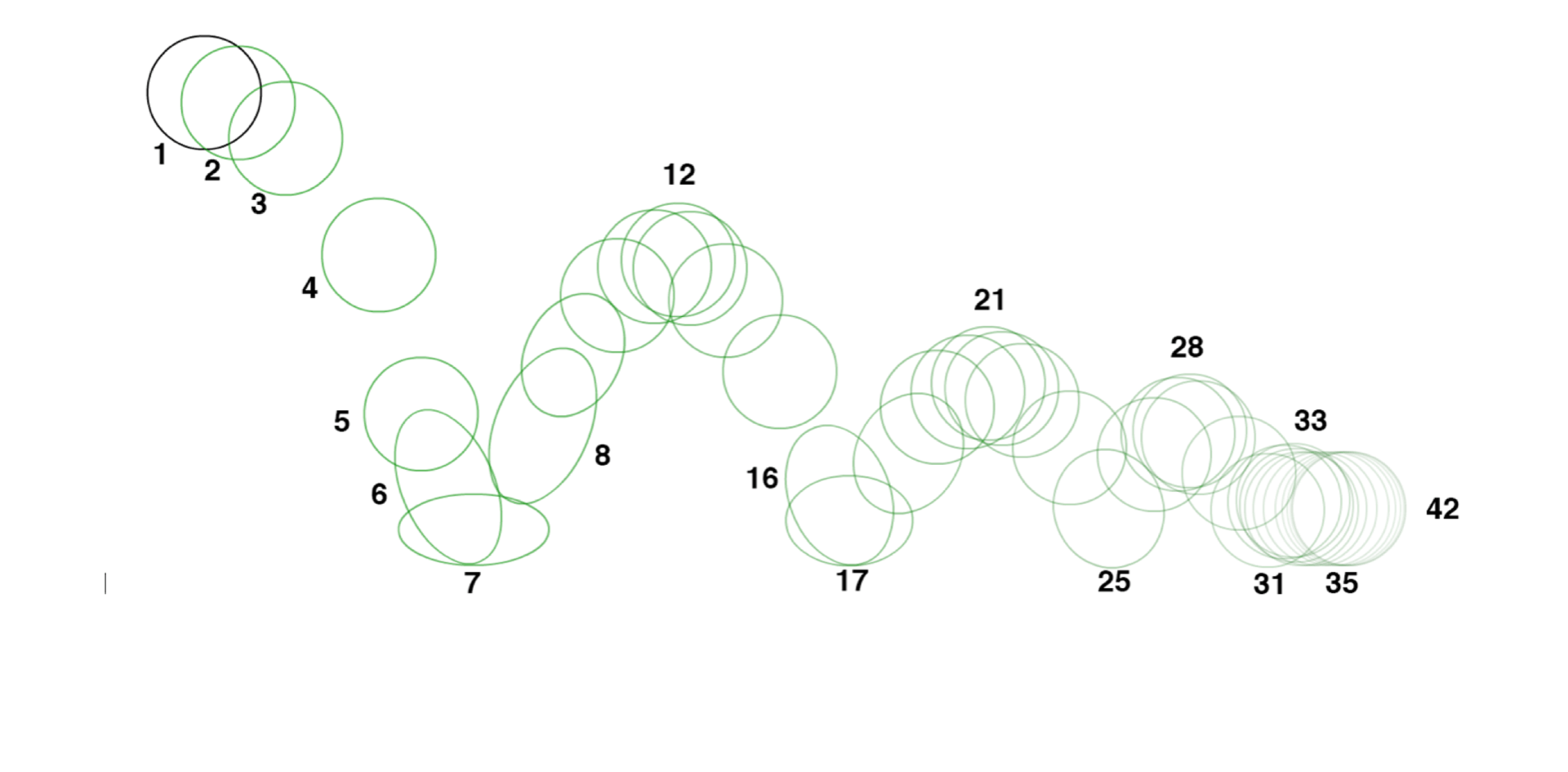Animation Introduction
This week we began looking at the basic principles of animation and were tasked with animating three bouncing balls of different weights. I chose to animate a pingpong ball, a tennis ball and a bowling ball. This way I could show how the different weights affect the way they bounce and move.
To begin with I first tried to animate a general bouncing ball using the guide we were given which I have put below. This showed me the correct timing a spacing to use and how to show the ball squashing and stretching as it bounces.
After doing this I moved onto animating a tennis ball as I believed the bounce pattern to be similar to the previous animation. However, I did also use a real tennis ball and observed its bounce pattern to see exactly how it moves.
After this I then animated a ping pong ball bouncing. Its pattern was very different from the tennis ball as it is far lighter and bounces a lot more.
Finally I animated a bowling ball. Its pattern was the opposite of the ping pong ball due to its immense weight. It bounces very few times and falls a lot faster.
For my first attempts at animation I feel these went well and I have shown how different weights affect the movement of the balls.
Planning group chain animation
Another part of this week included me and my group discussing and planning our chain animation. This task involves us each animating 5 to 8 seconds within our world and tying them all together. Since our world involves multiple sections and areas we split up our 8 members to have two people work on one area. I chose to work on the introduction to the mushroom area. After talking with my other group member who’s also working in the mushroom area I now have a rough idea of what my section of animation will include. I plan to use panning shots and long distance shots to show off the mushroom area and follow the main character Alex walking through it, then focusing on a small shack which will have the character Beau inside.

